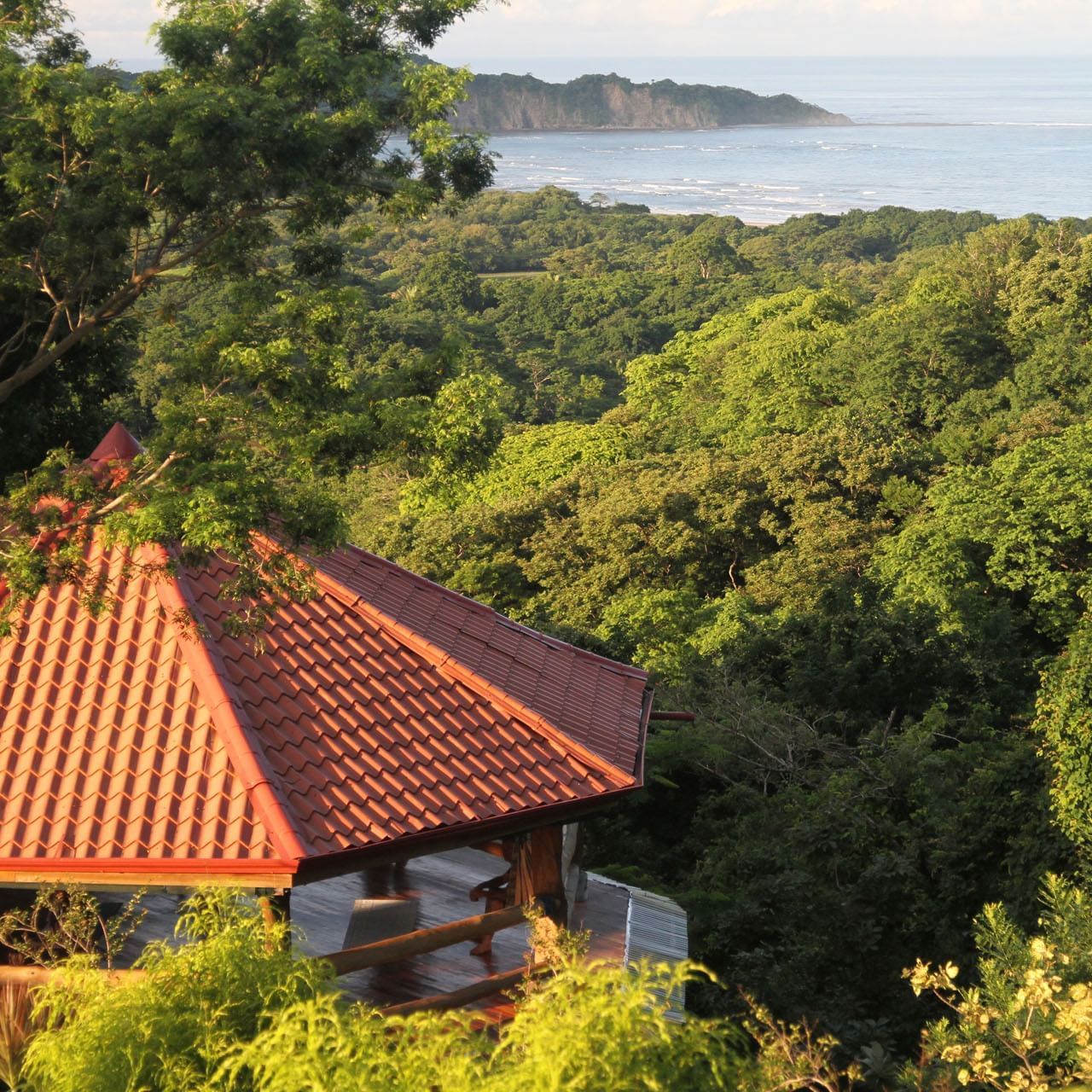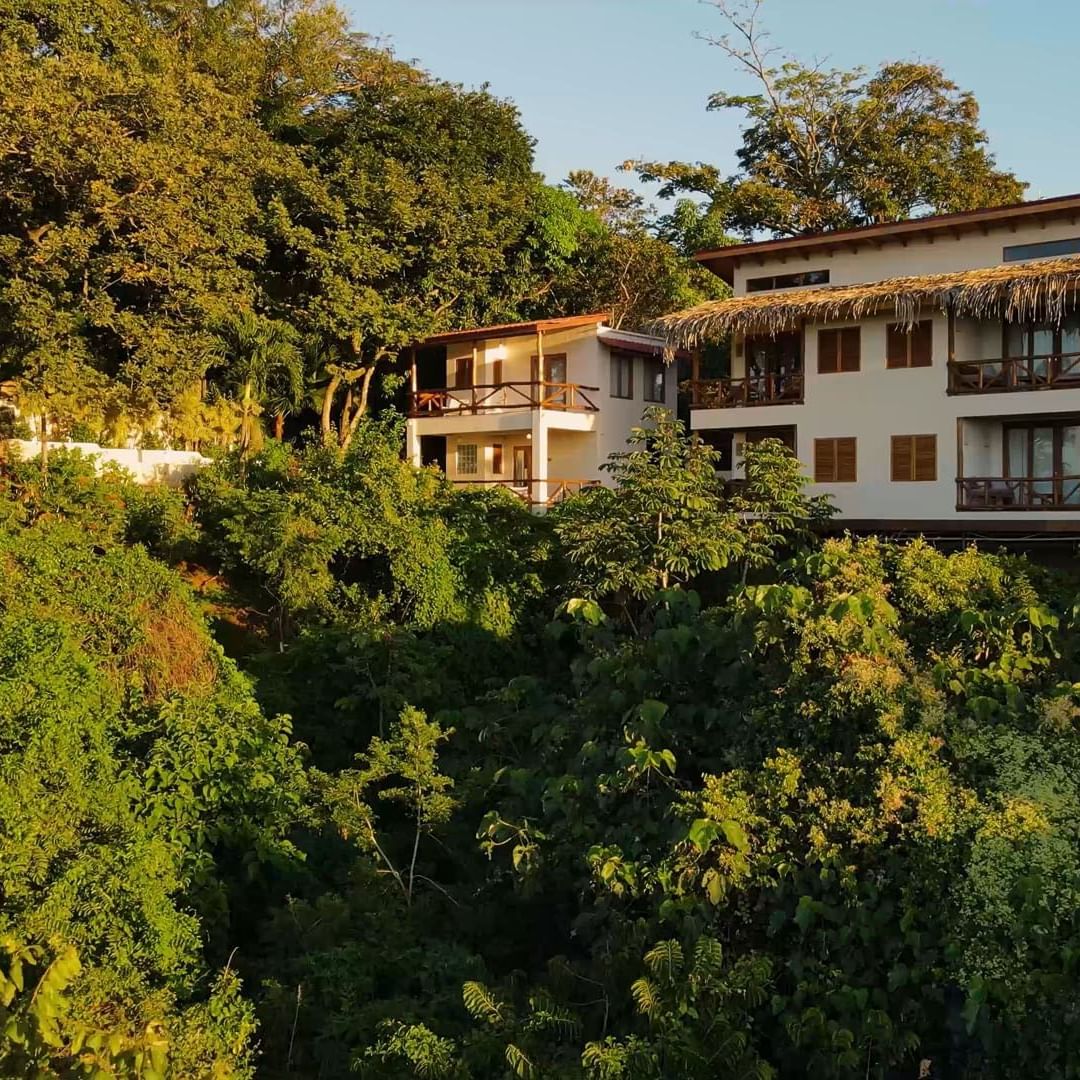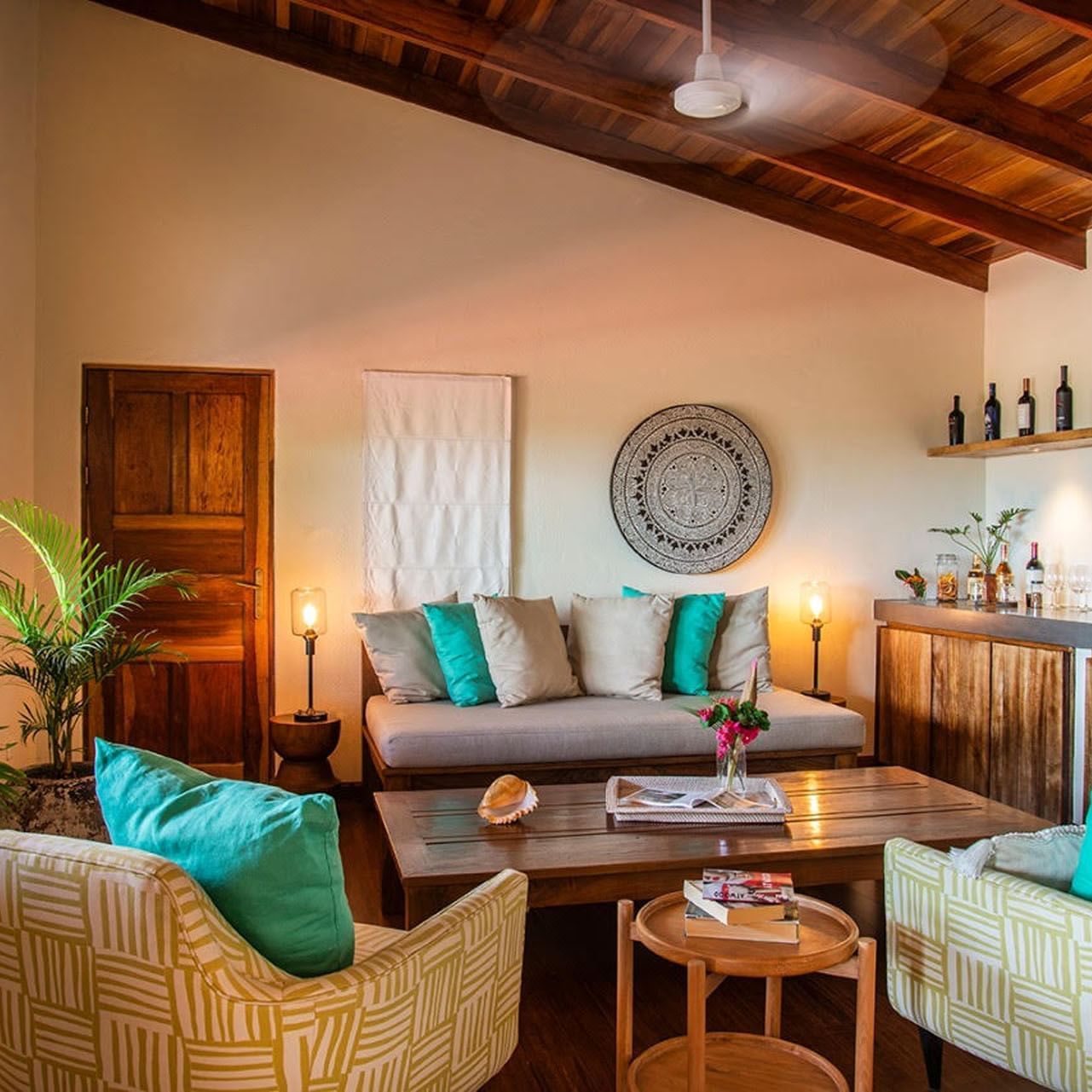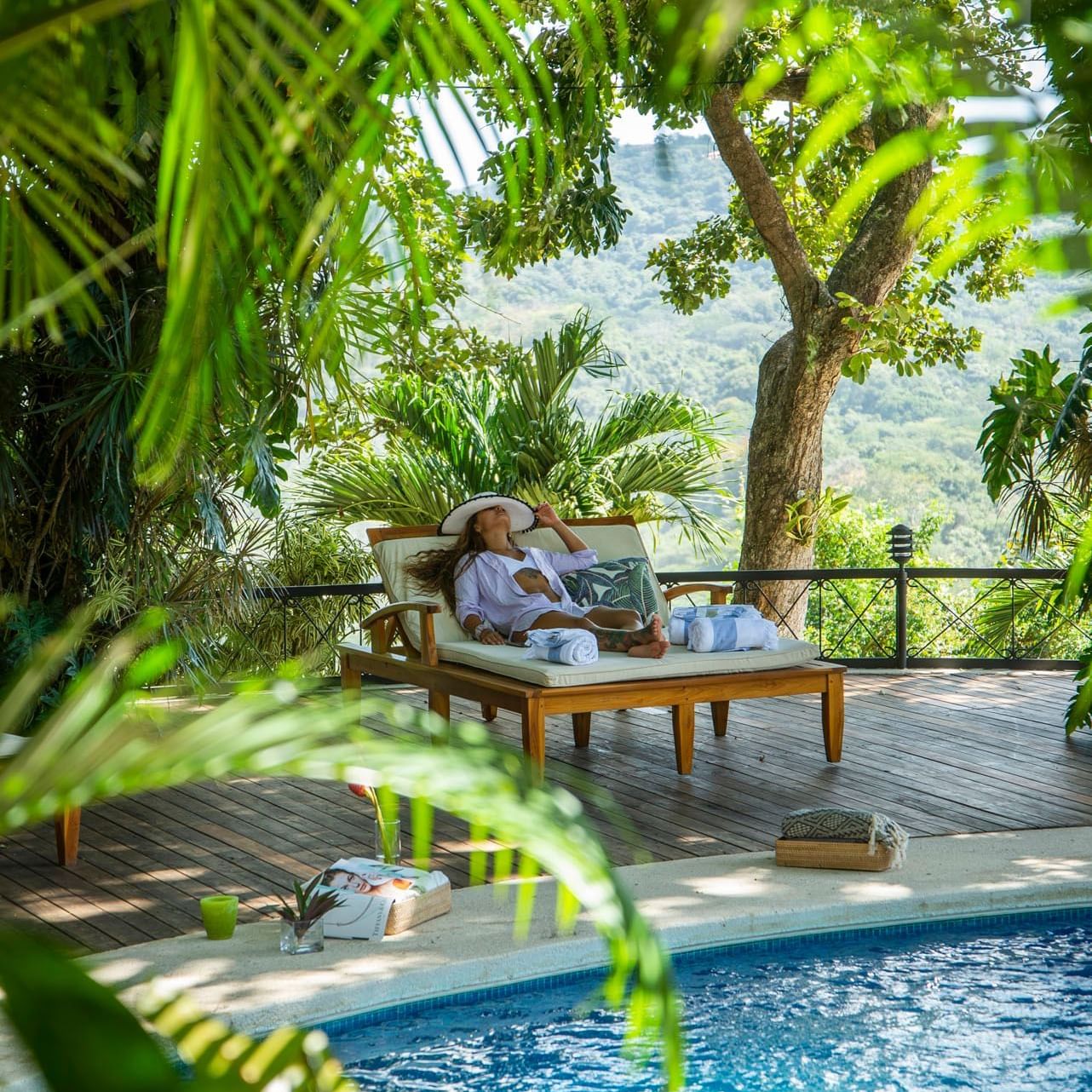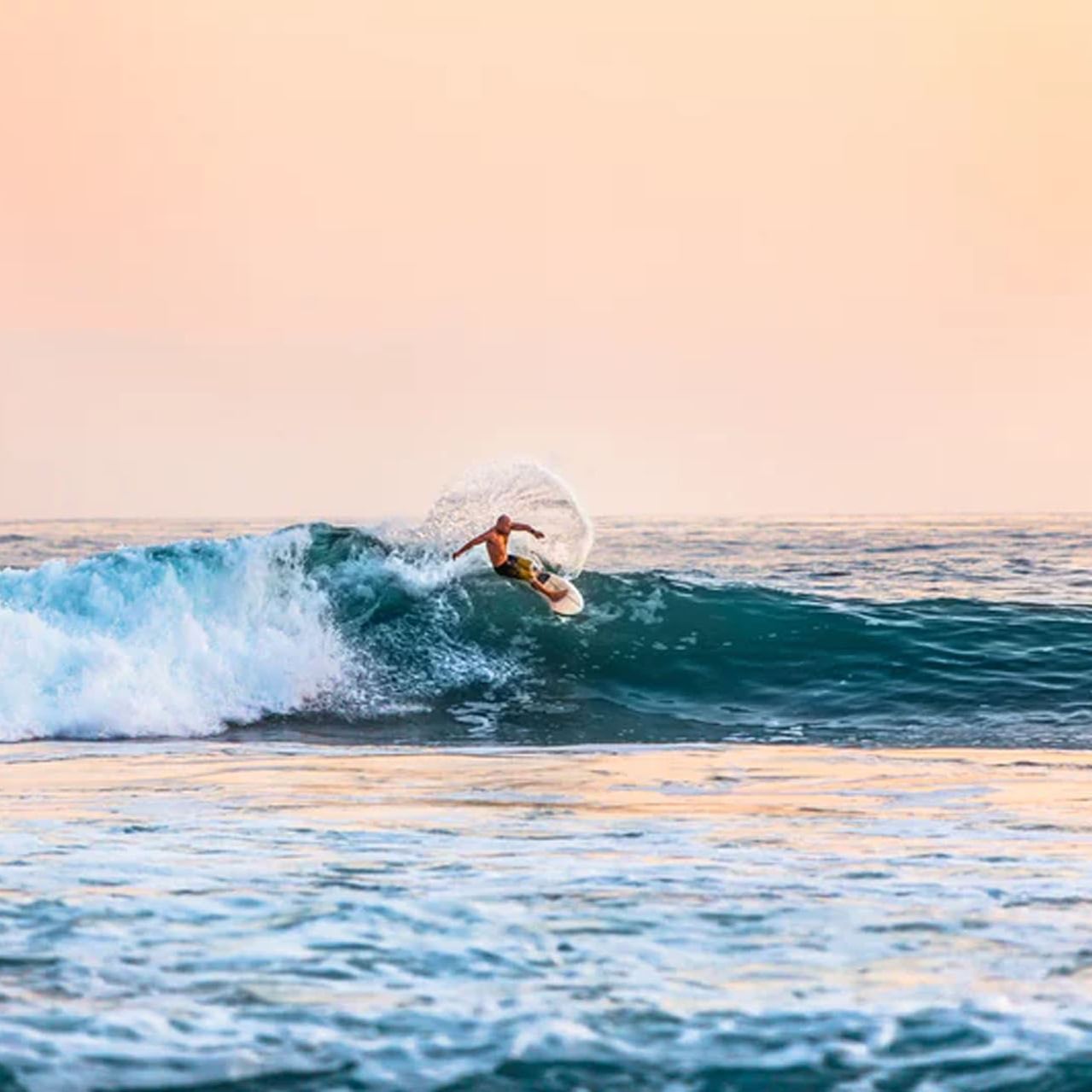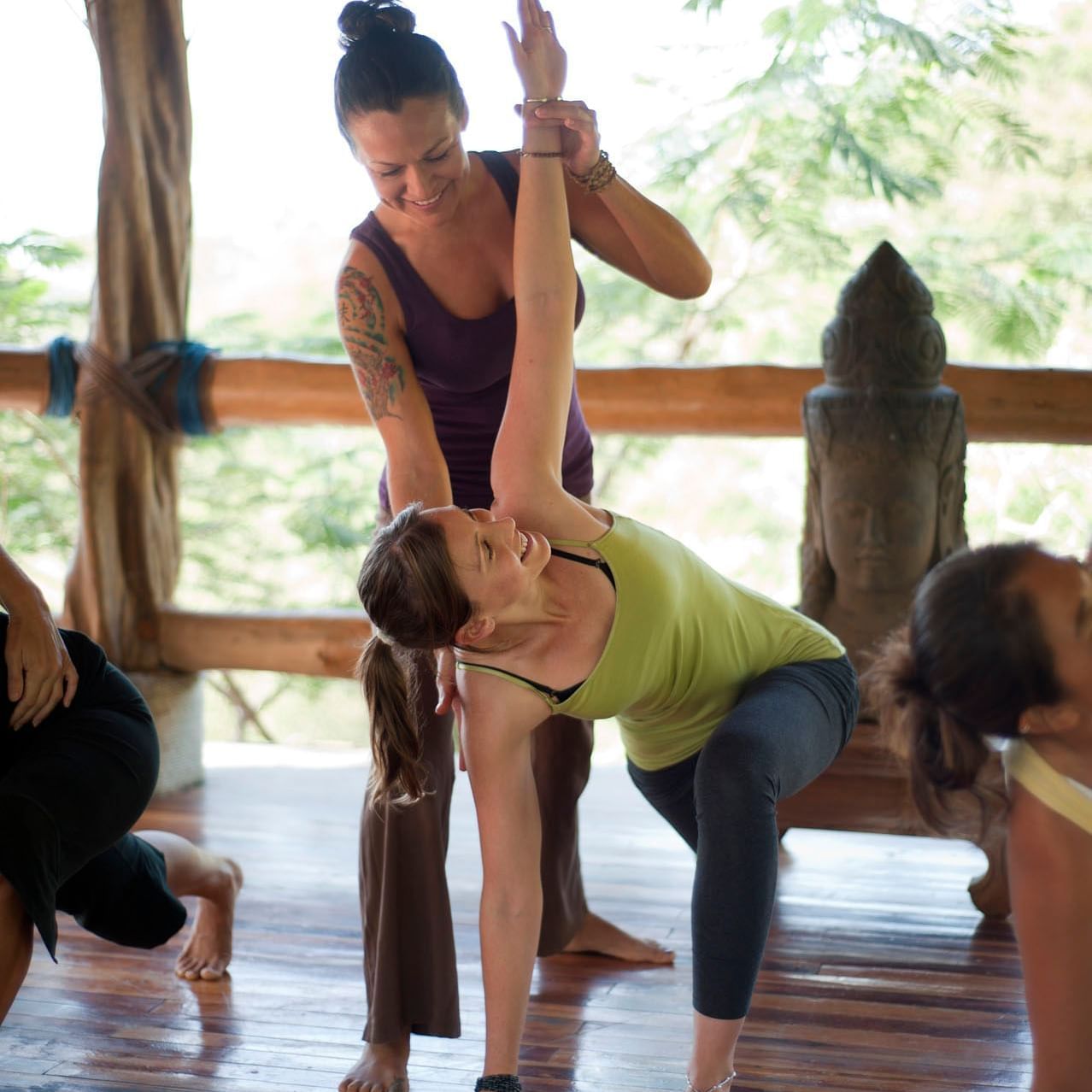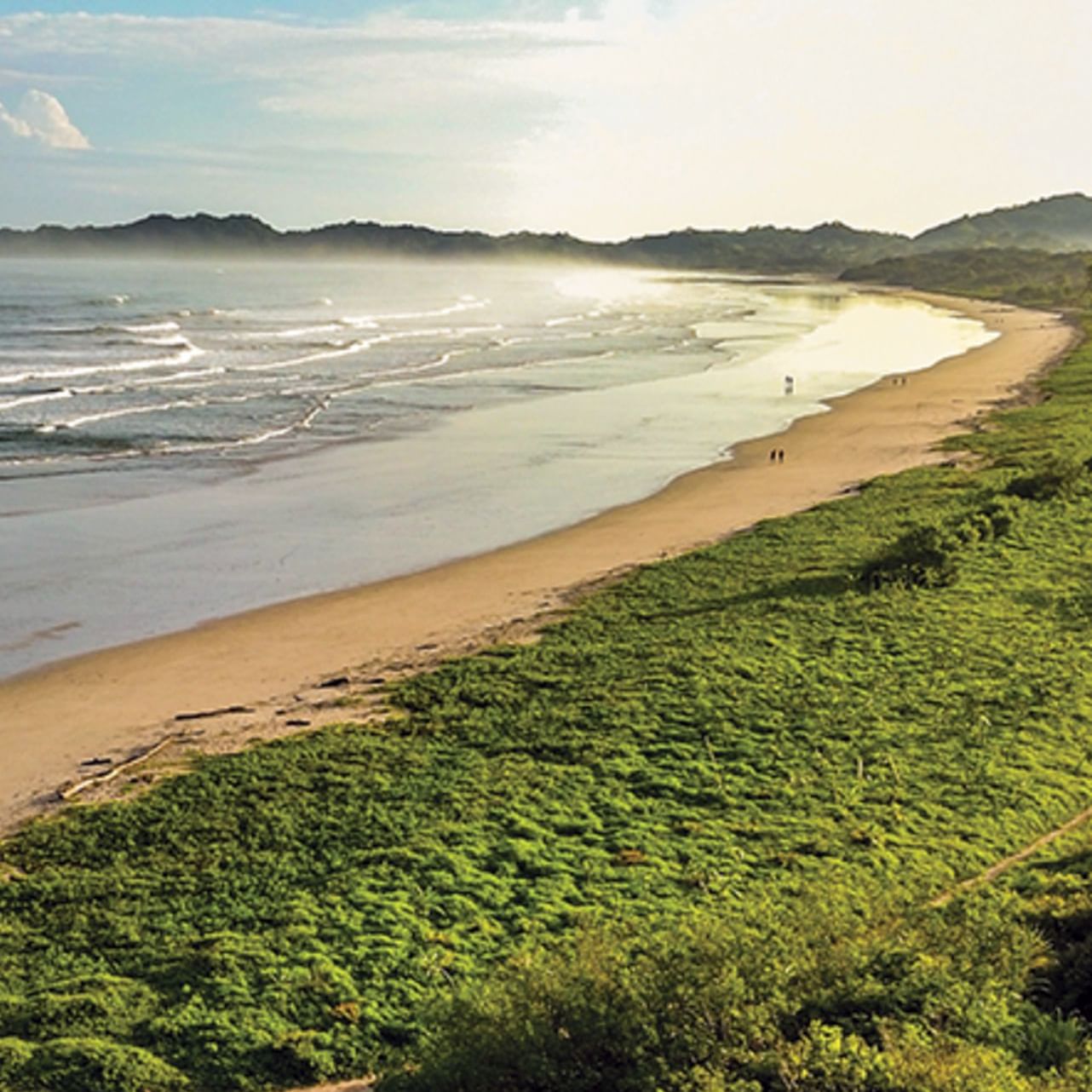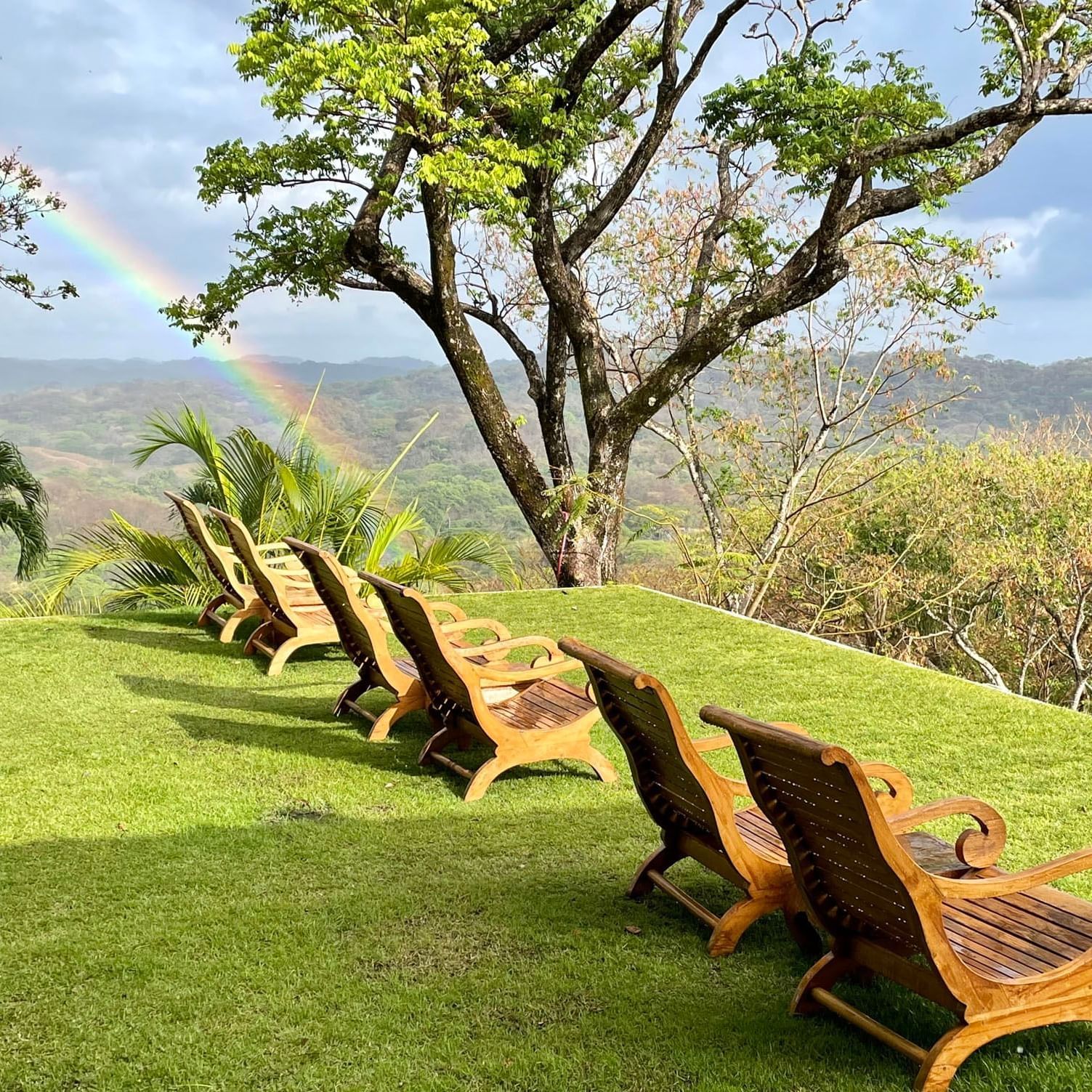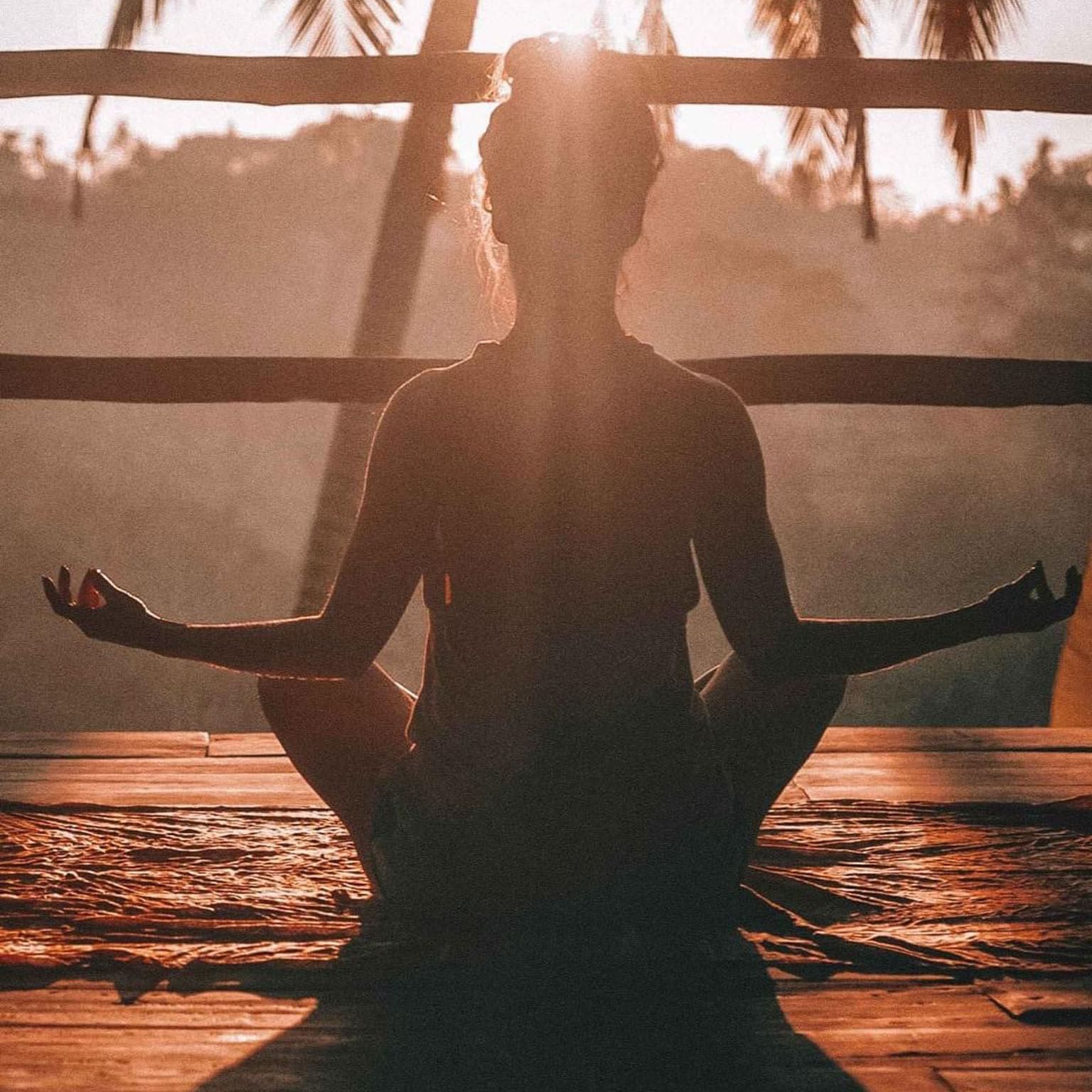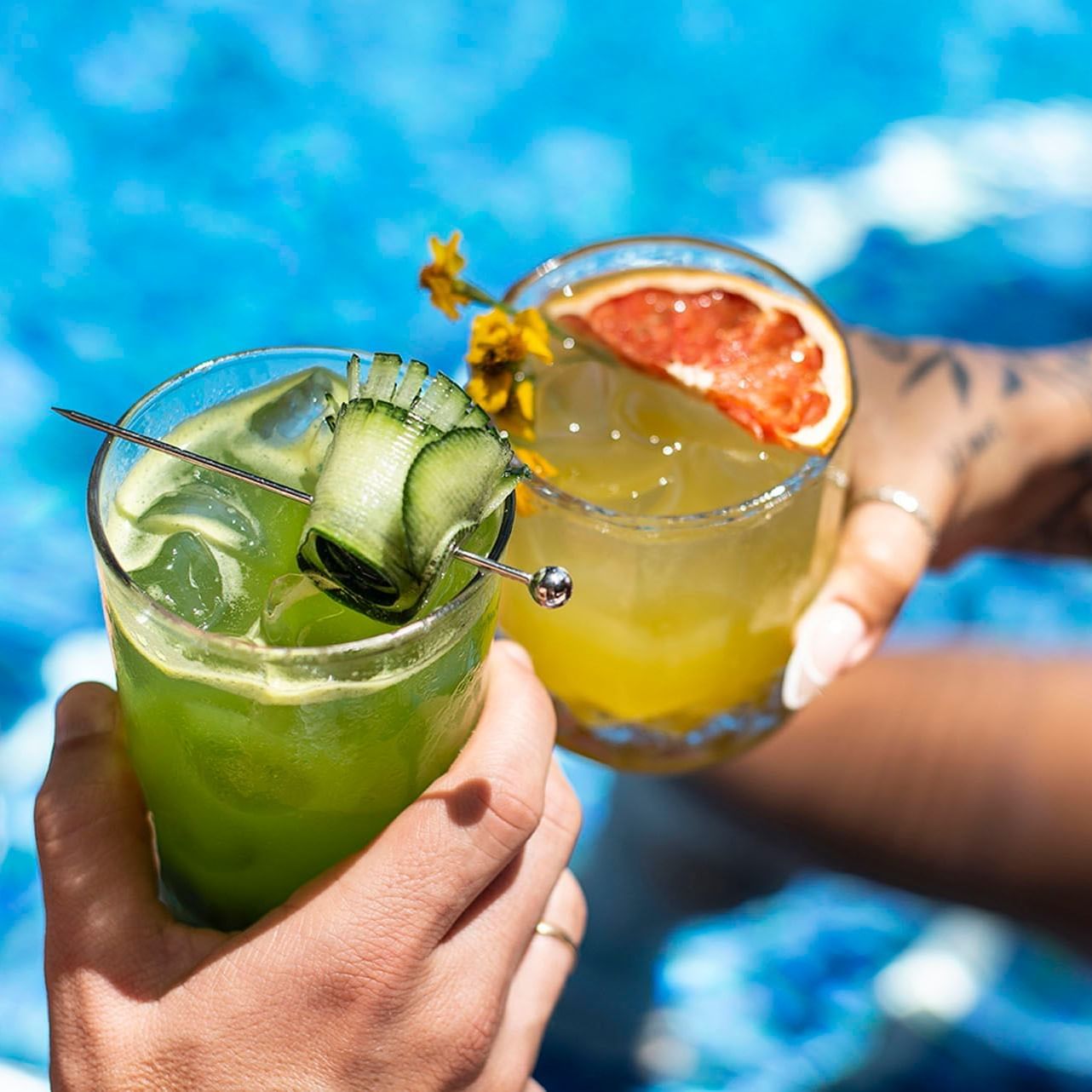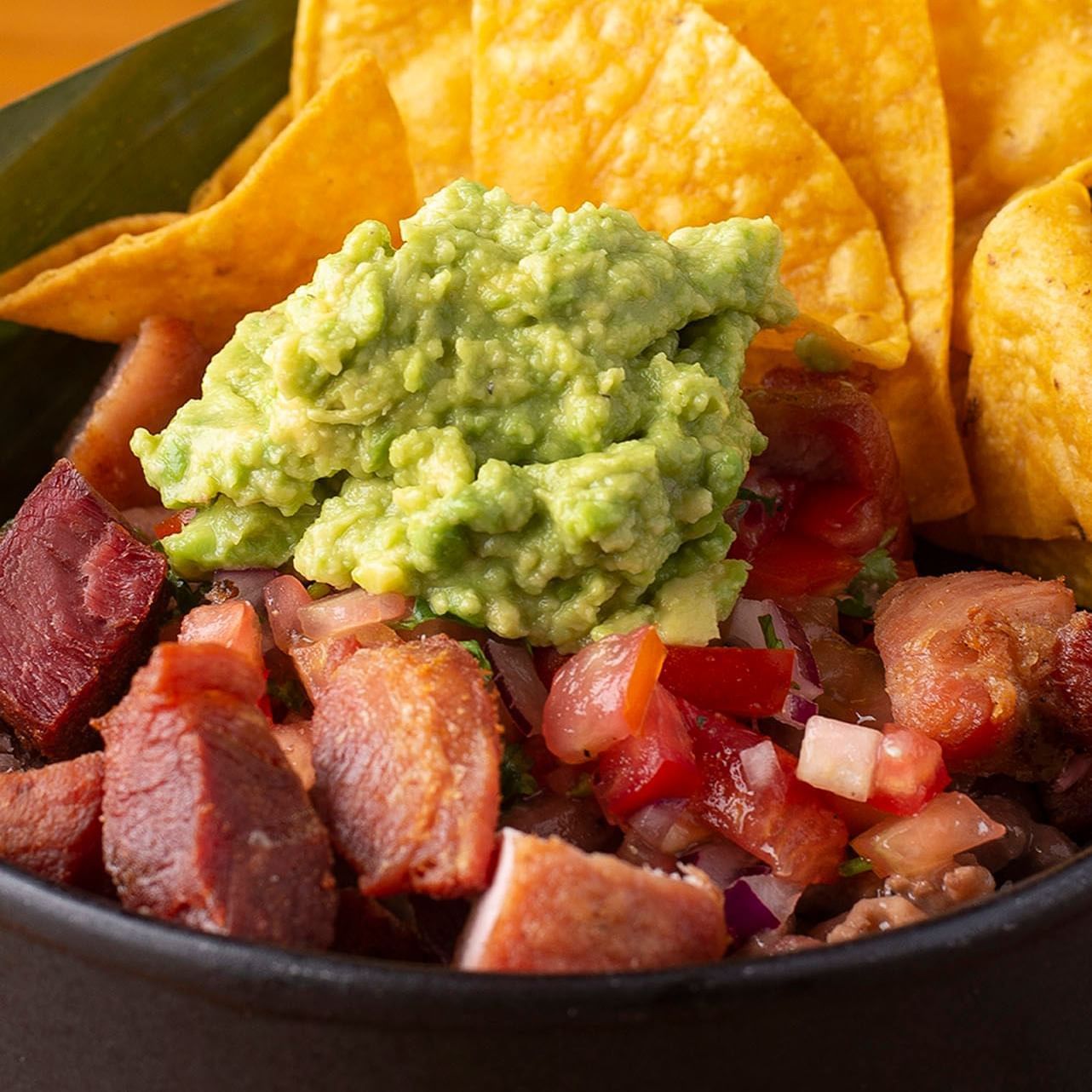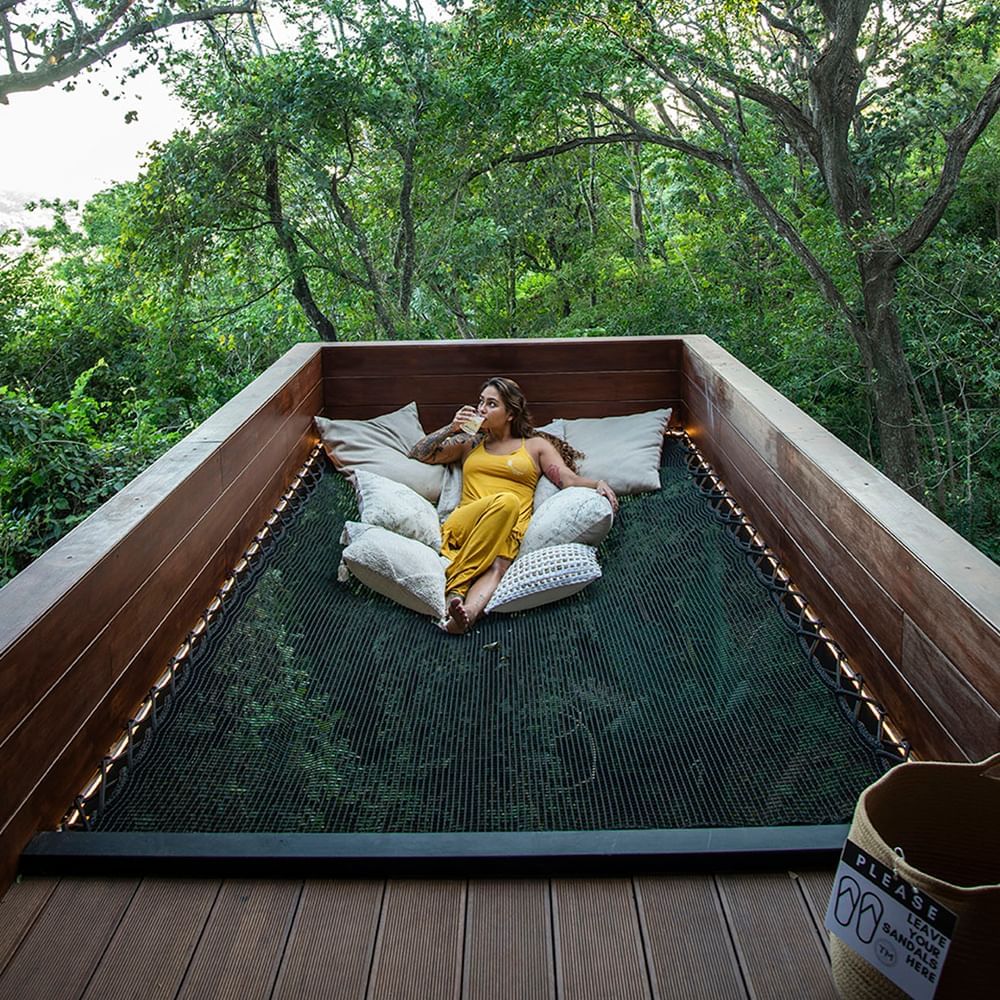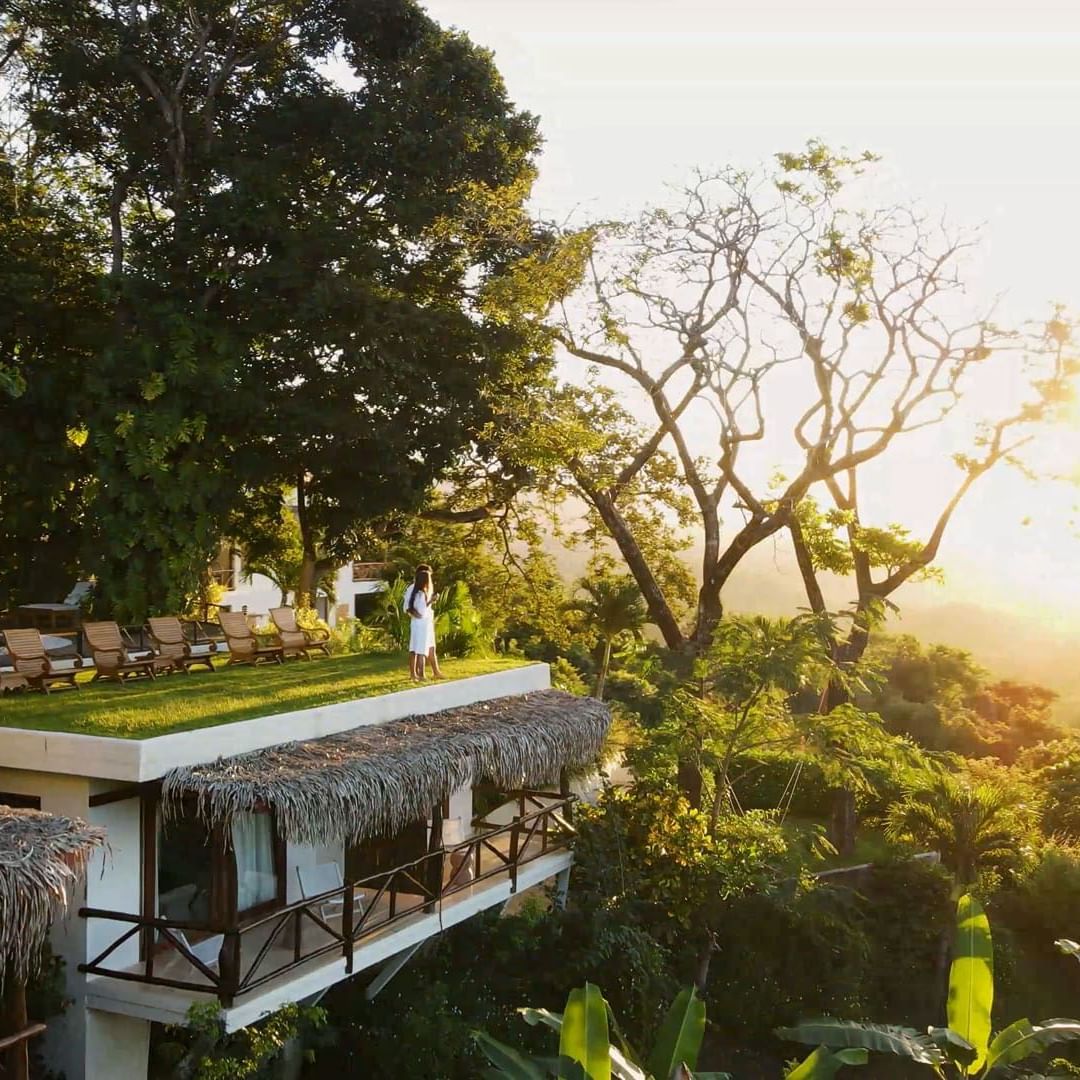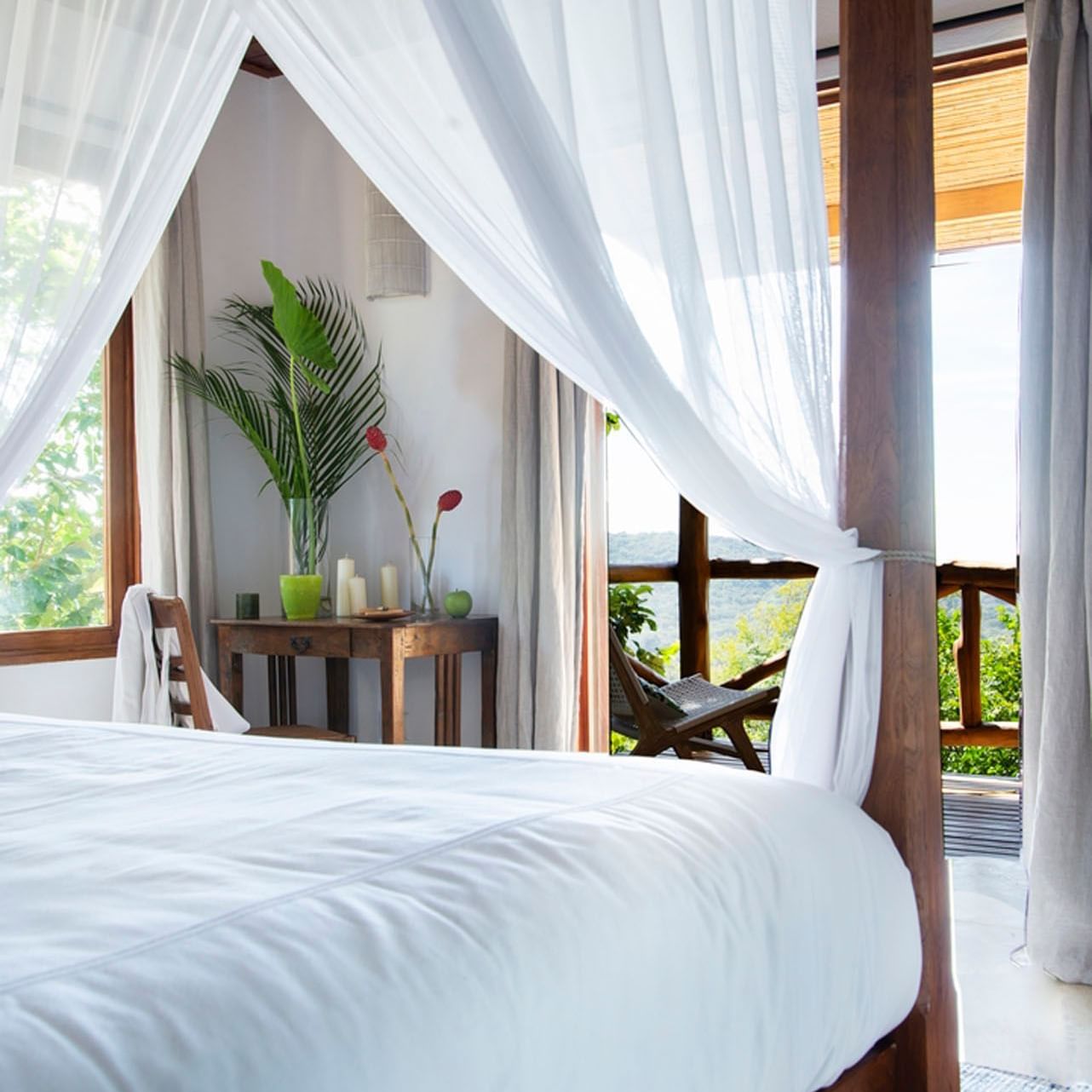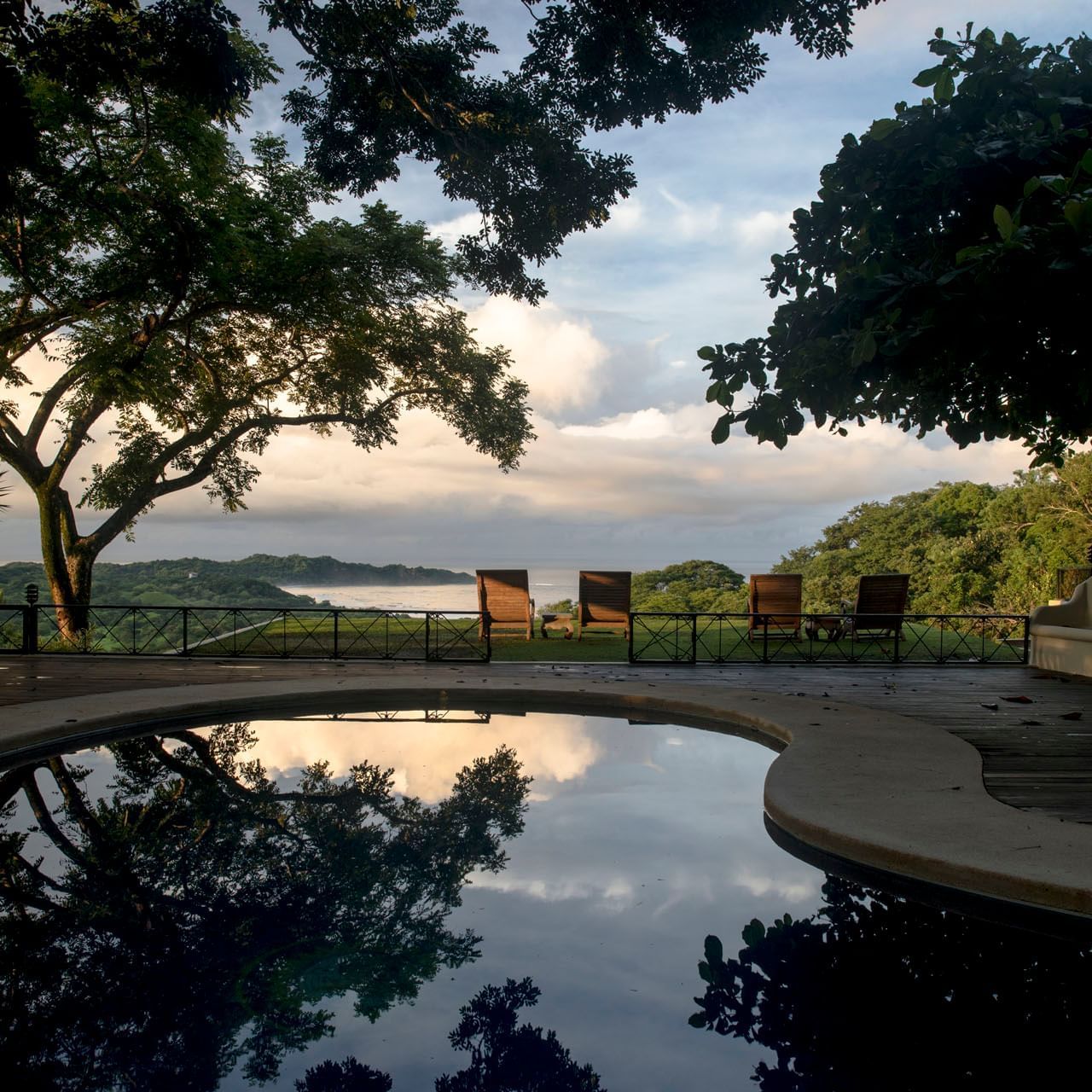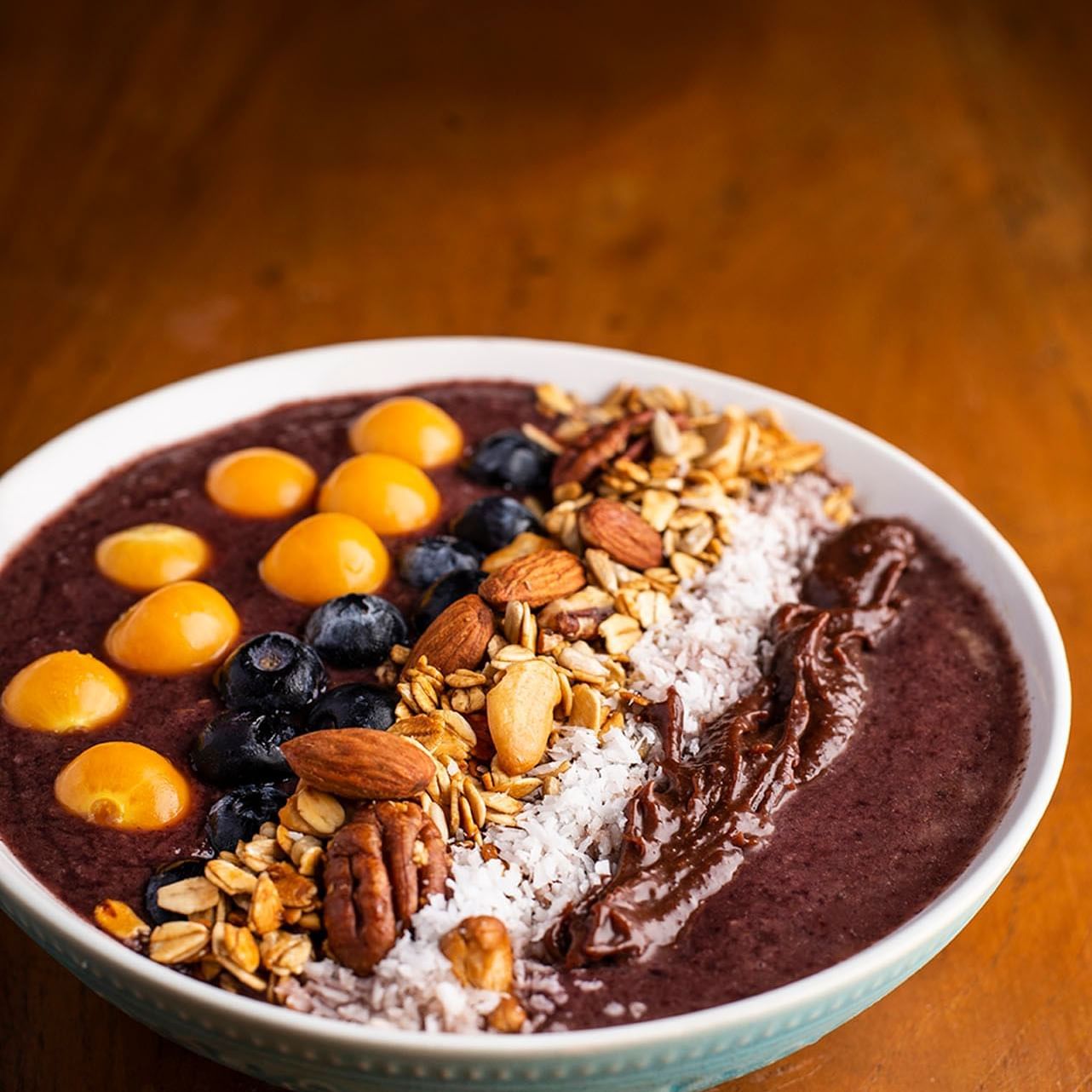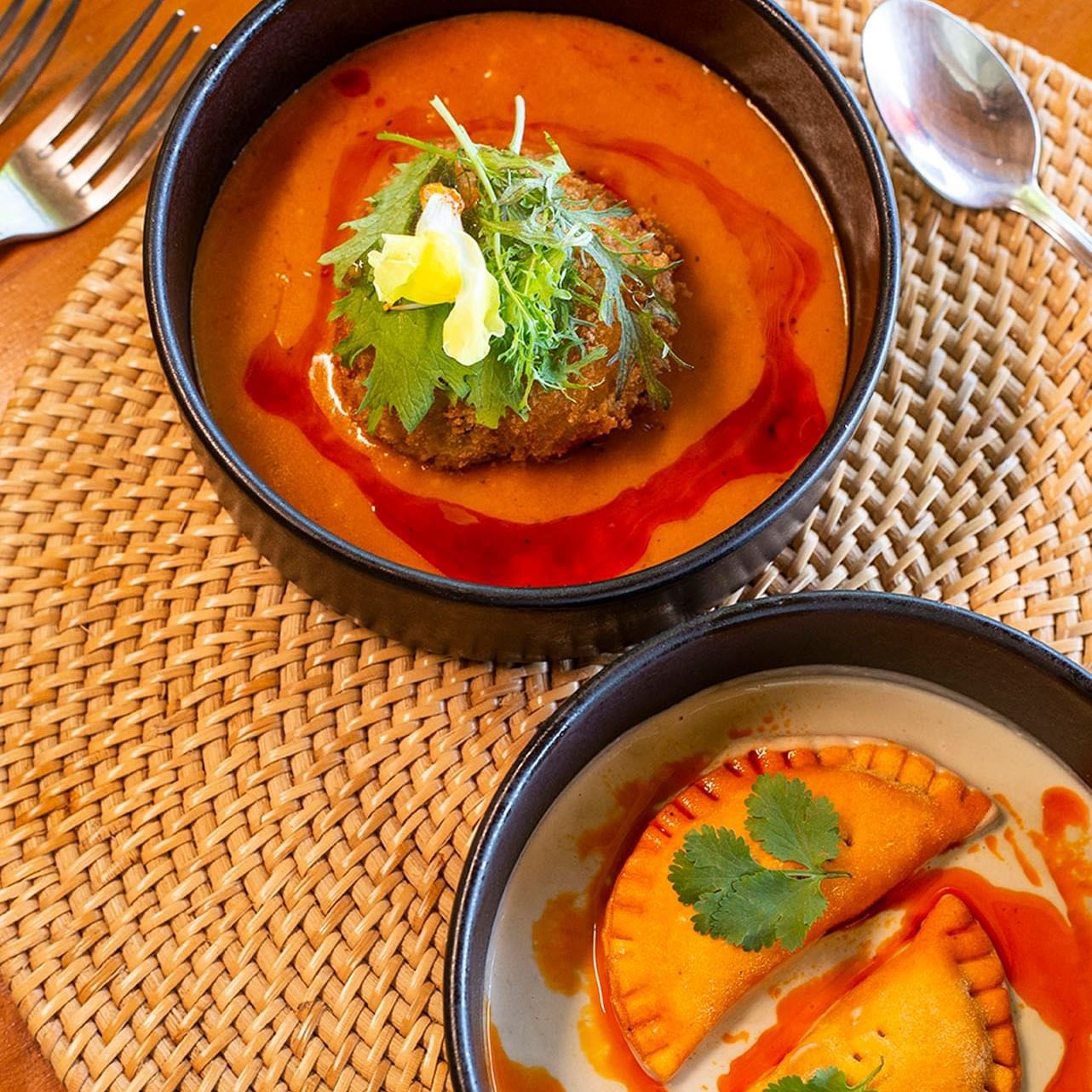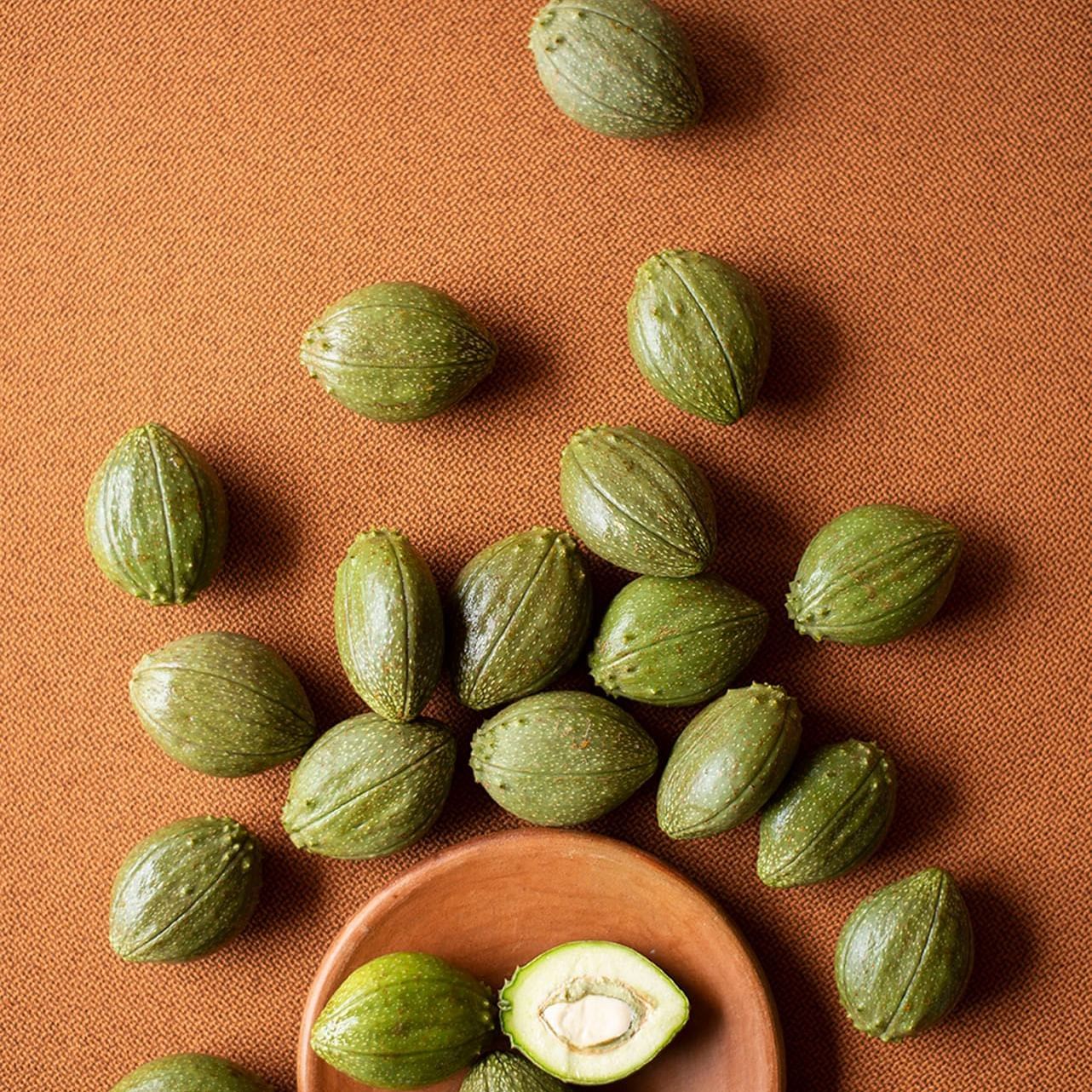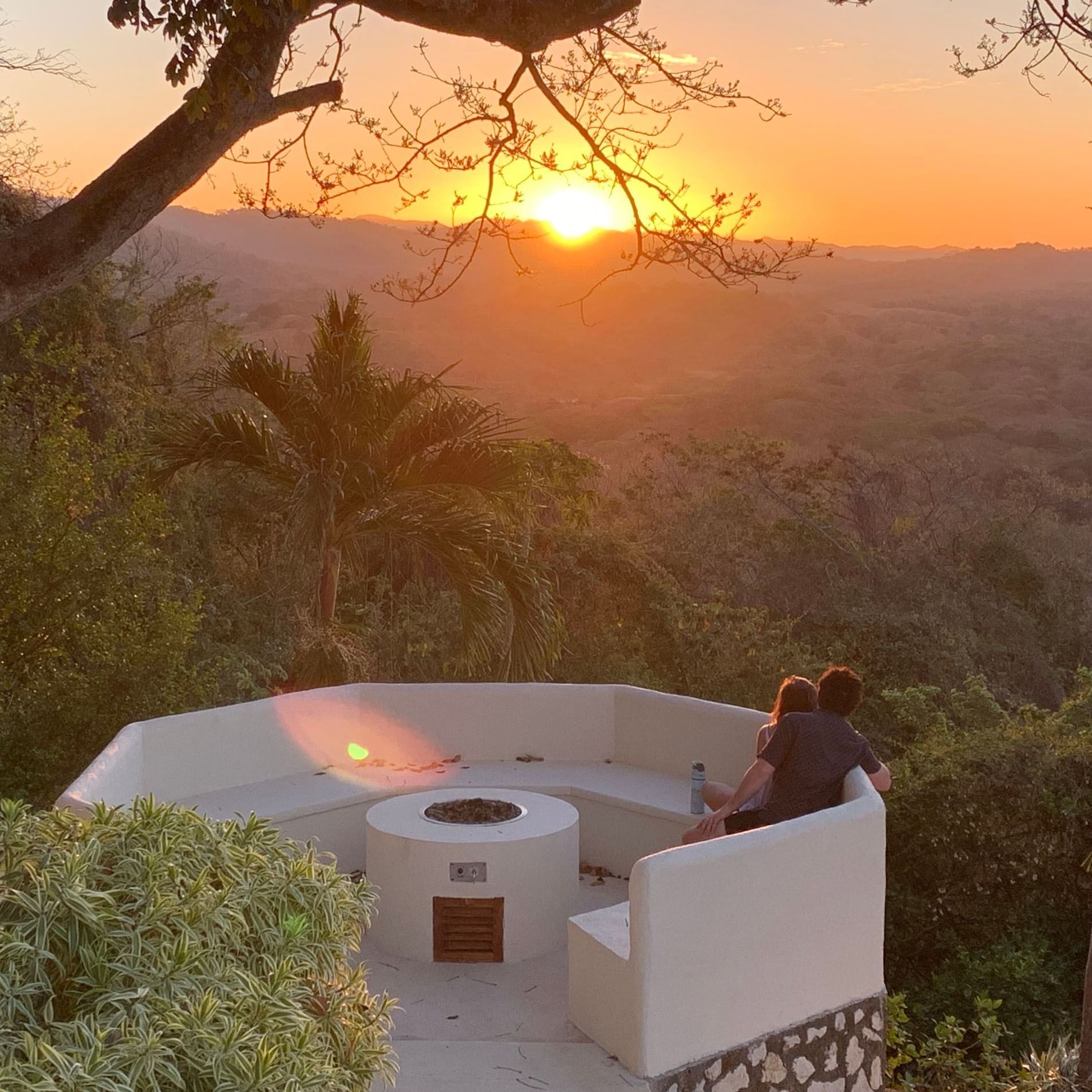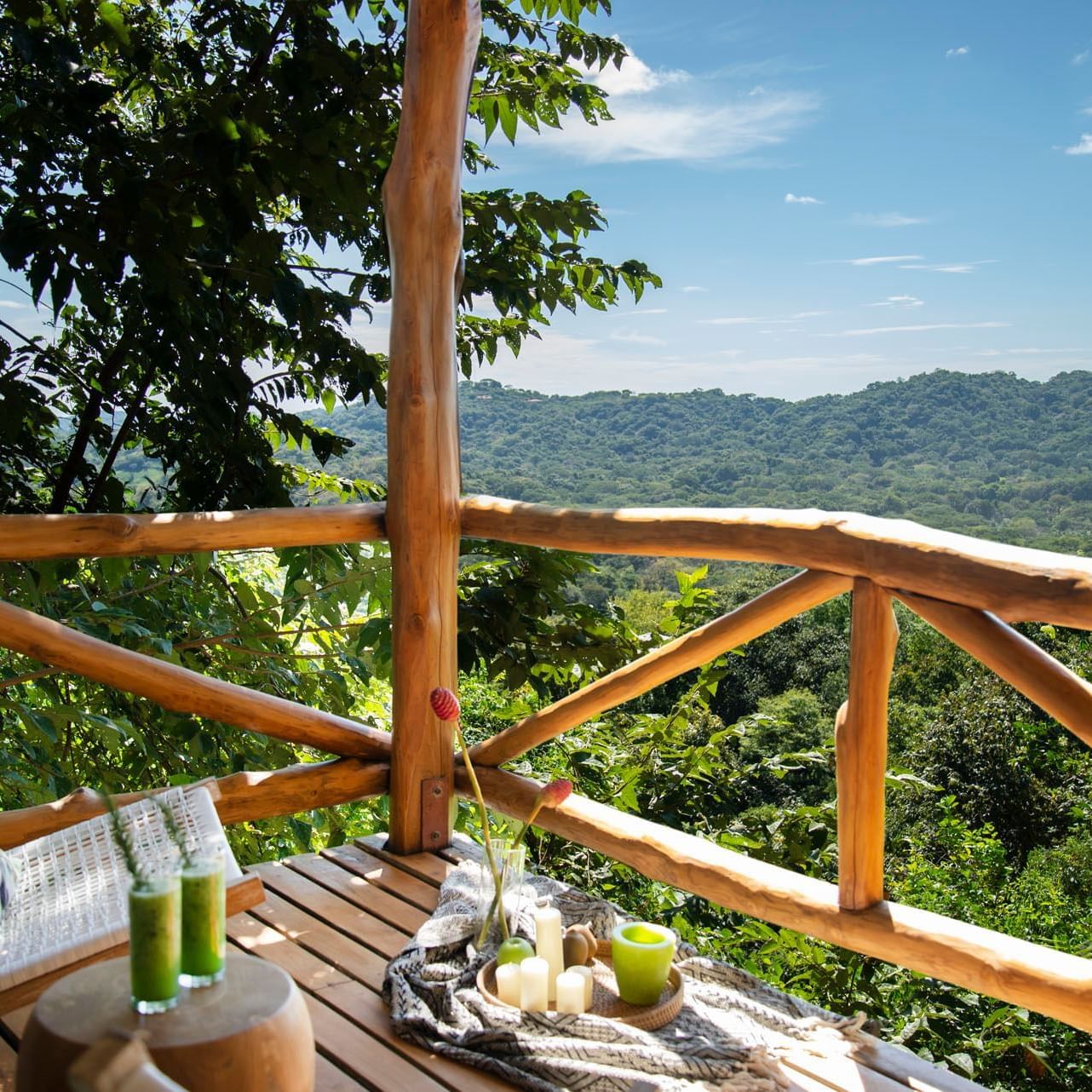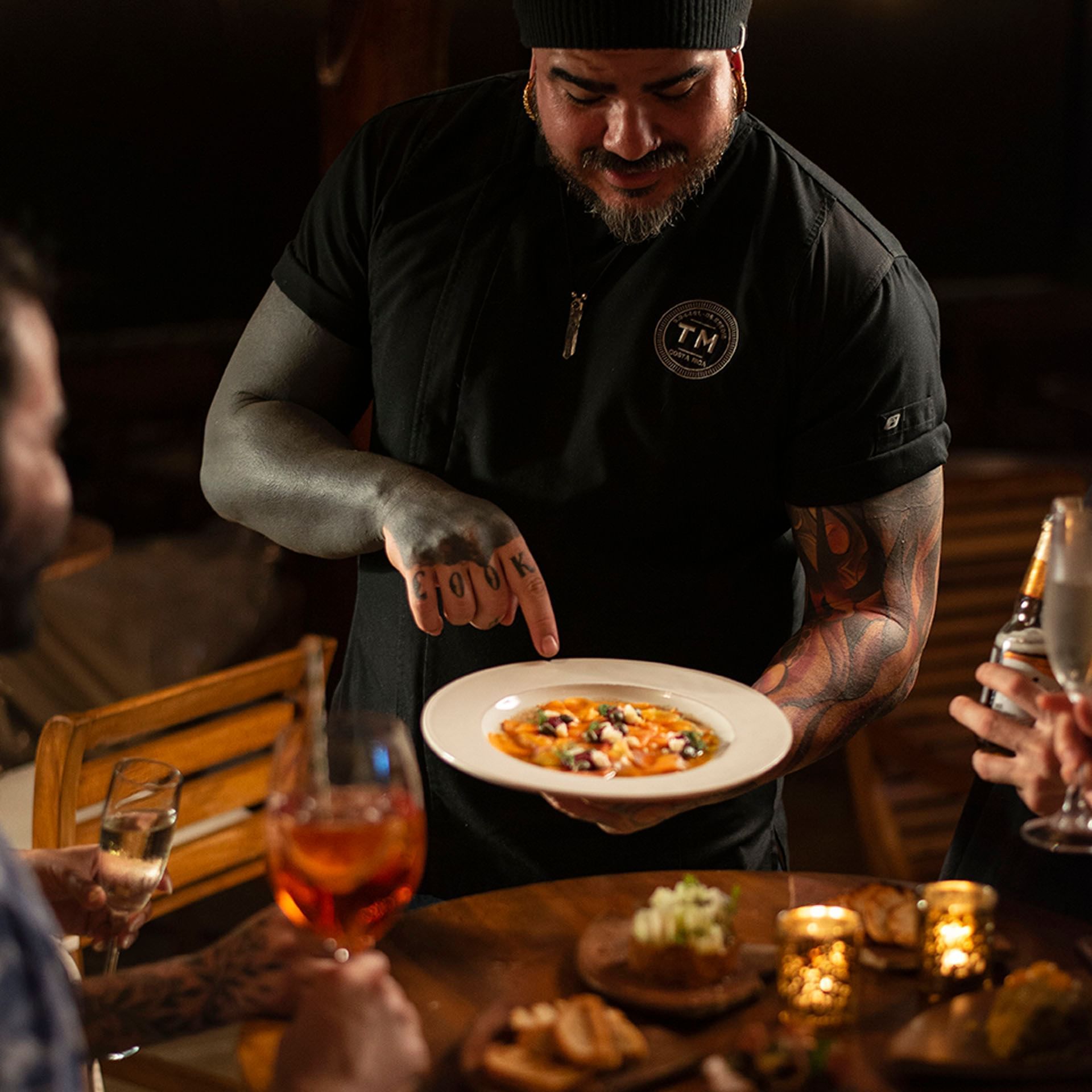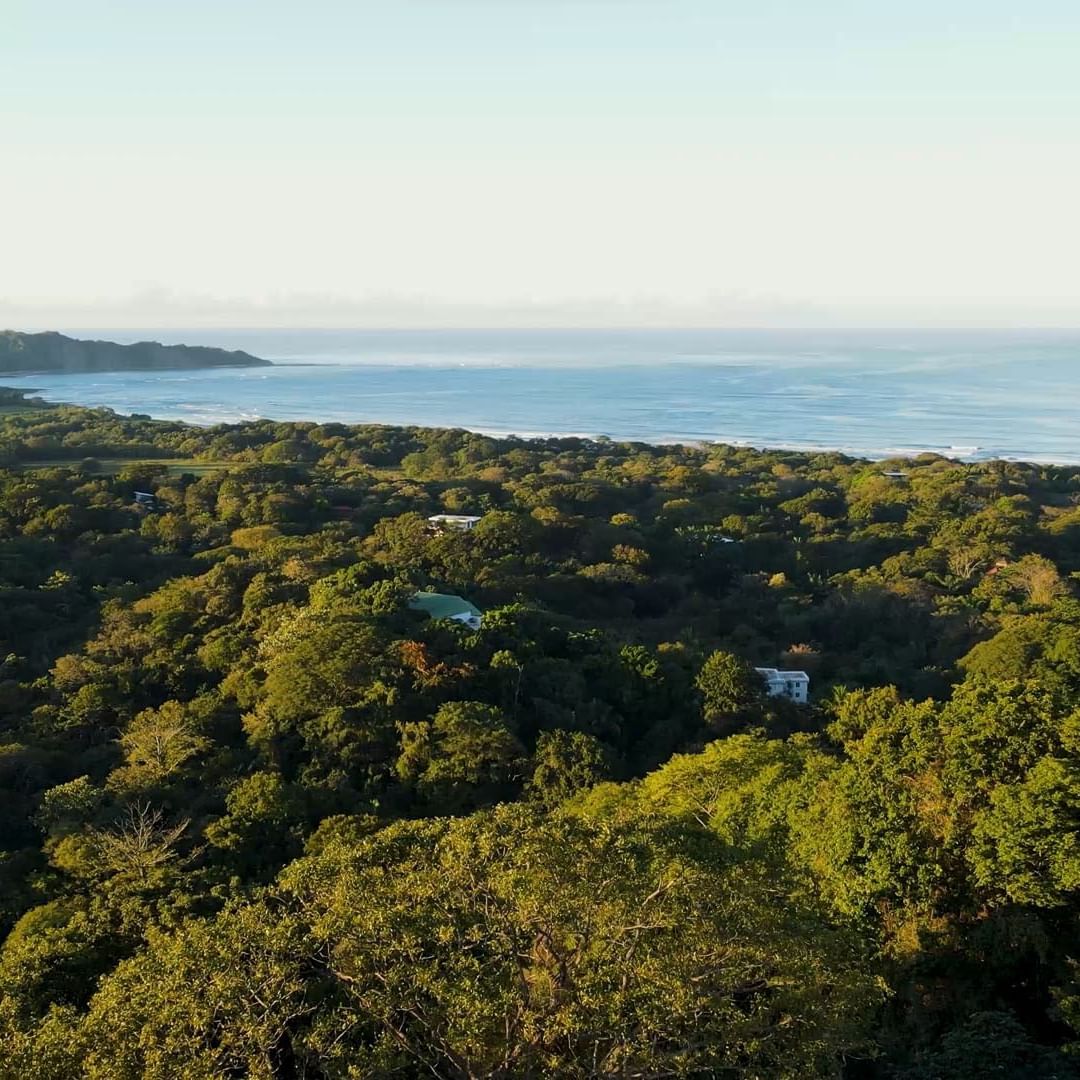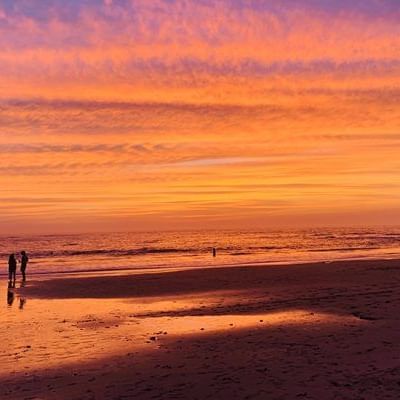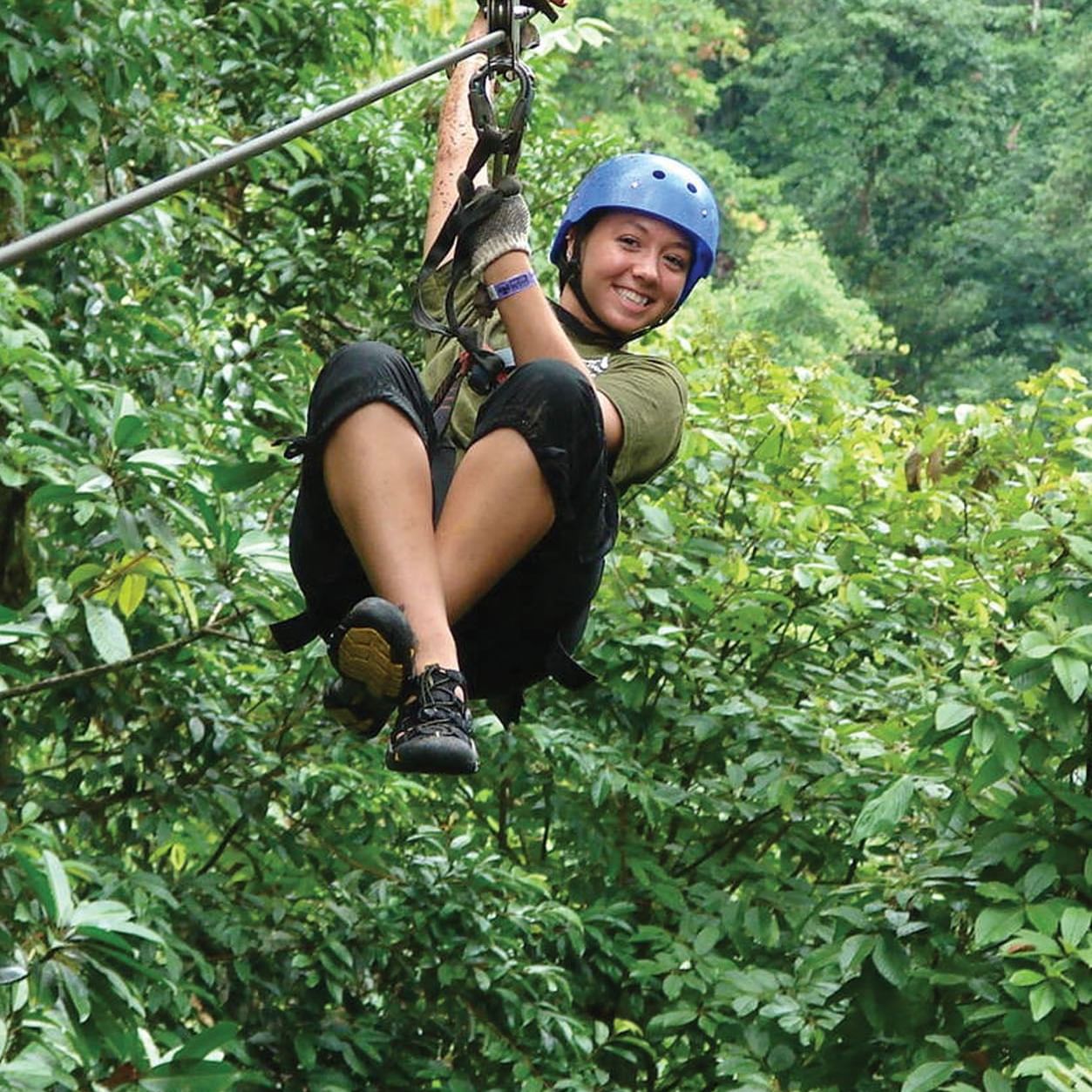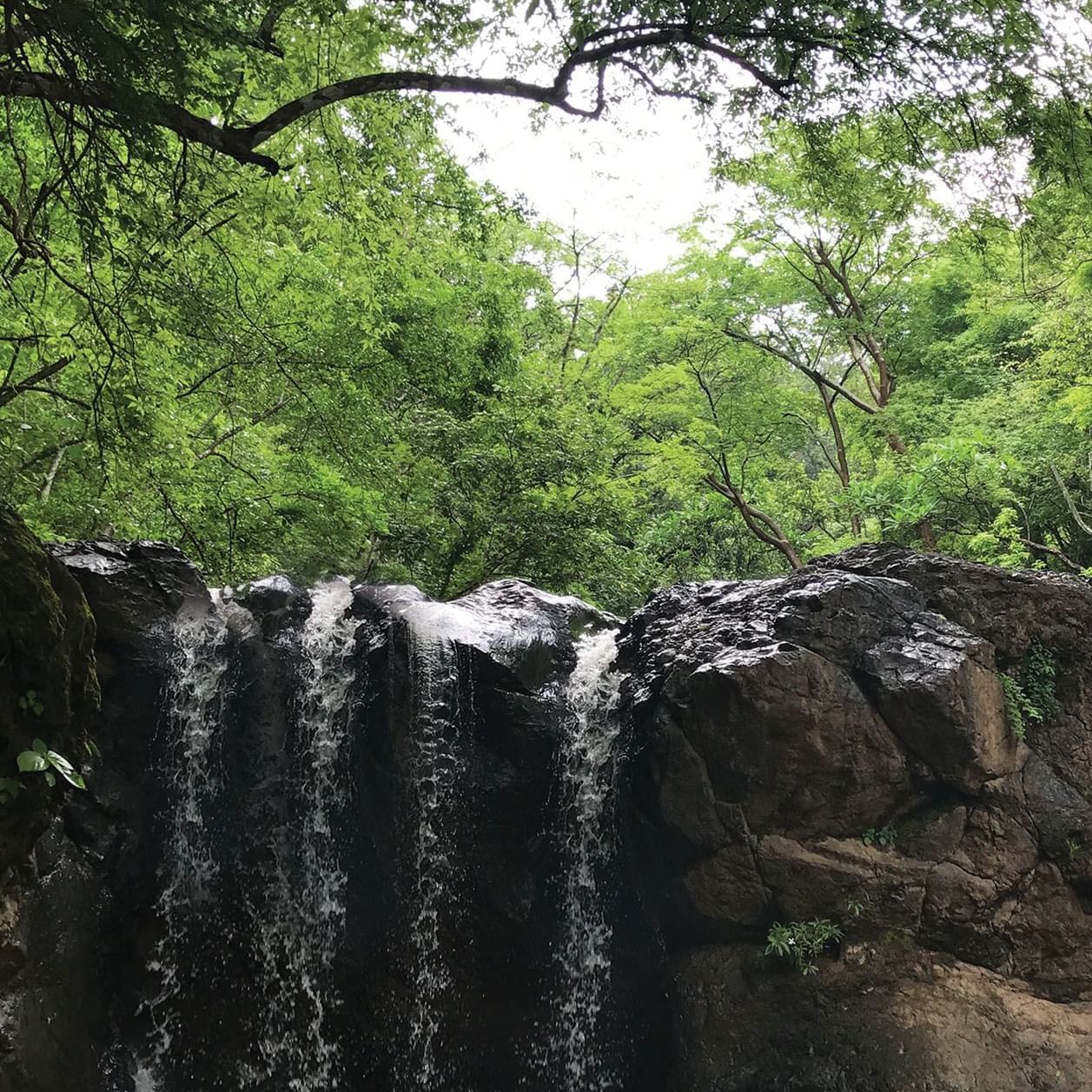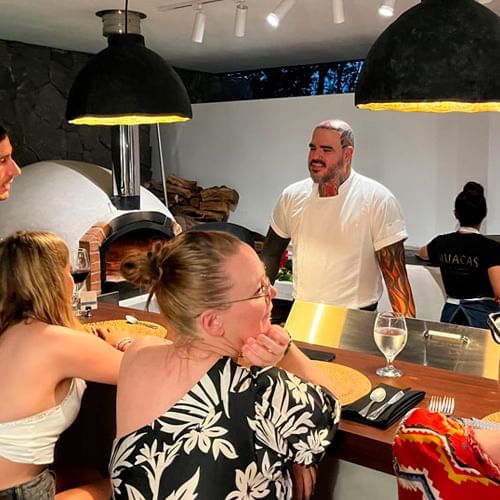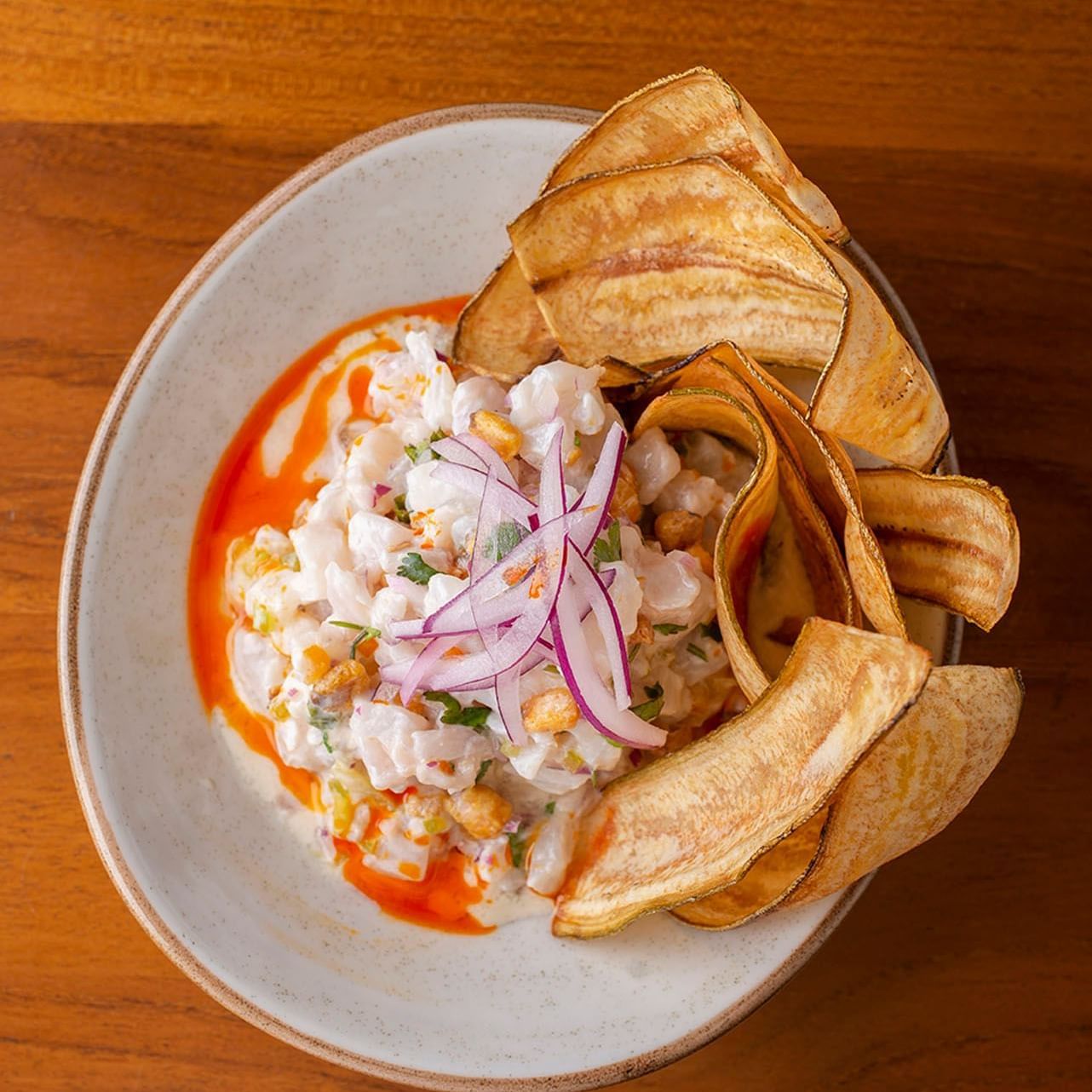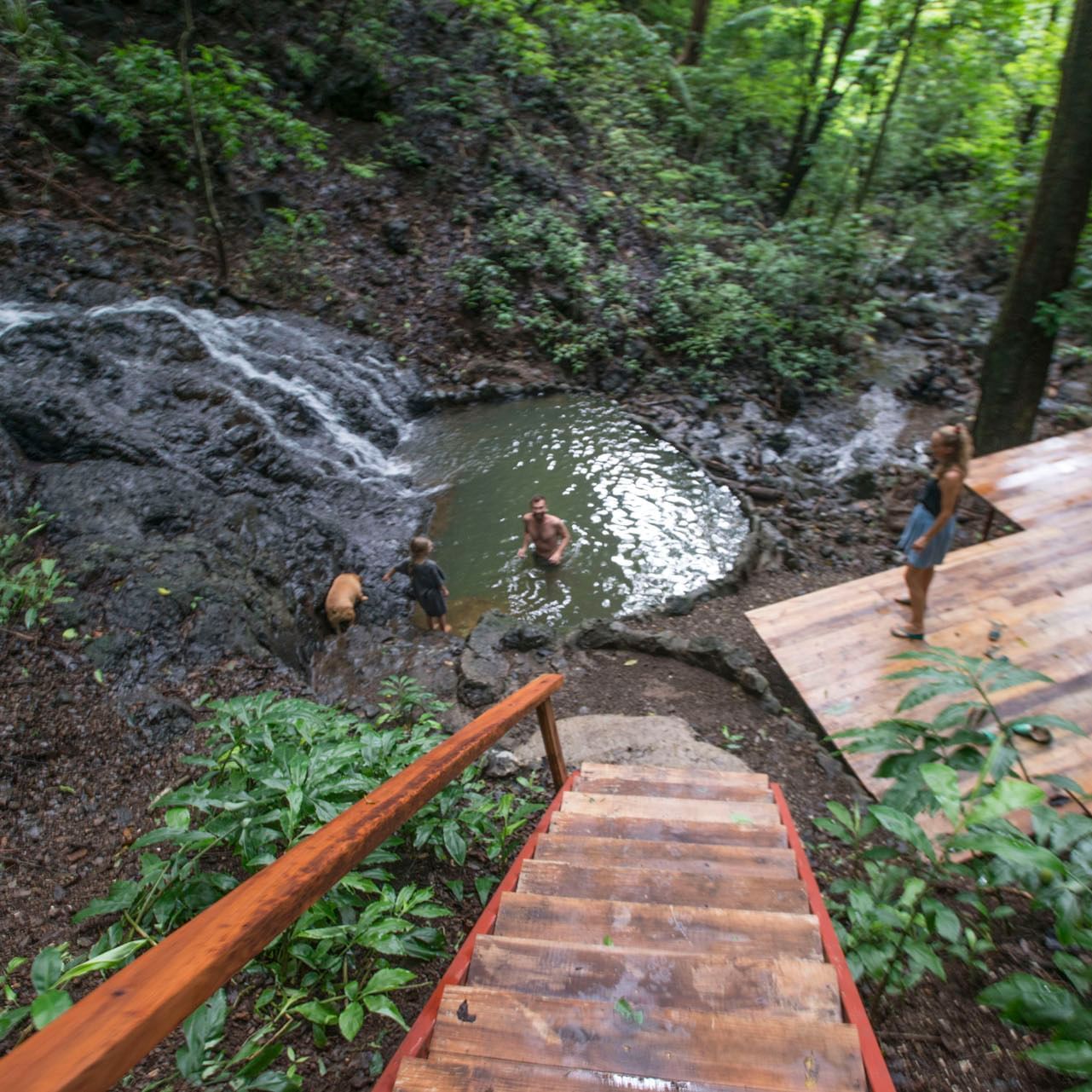Blog
Catch the Best Vibes: Your Invitation to the Green Season at Tierra Magnifica
Hello, friends and future guests! It’s Steve here, from the heart of Nosara, reaching out to share a little secret that’s too good to keep all to ourselves—the unparalleled beauty of Costa Rica’s green season.
Best Time to Visit Costa Rica: Finding Our Ideal Time to Discover Costa Rica’s Beauty
Embark on a journey into the heart of nature’s enchantment as we unveil the secrets to discovering Costa Rica’s beauty.
Why Booking Your 2024 Stay at Tierra Magnifica, Costa Rica Is a Must!
Picture this: You’re relaxing on a comfy chair or couch with new friends you’ve made at our Nosara haven.
Escape to Paradise: Tierra Magnifica’s December Delight
The holiday season is fast approaching, and while most people are preparing for the hustle and bustle of festivities, there’s a hidden gem in Nosara, Costa Rica that offers a tranquil escape before the chaos ensues.
The Best Things to Do in Nosara, Costa Rica’s Most Idyllic Surfing Getaway
For beginner and intermediate surfers alike, traveling to the stunning town of Nosara is one of the best ways to up your skill level.
Top 3 Fun Things to Do While Vacationing in Nosara
Nosara, a small beach town on Costa Rica’s Pacific coast, has become one of the world’s premier vacation spots for surfing and yoga enthusiasts.
5 Notable Reasons Why You Need to Make the Trip to Nosara
Nosara, Costa Rica is a stunning coastal town full of lush nature and incredible beaches. Whether you are looking for a relaxing vacation or an adrenaline-filled adventure, Nosara has something for everyone.
When Are the Best Times to Book a Flight to Costa Rica?
You can spend your well-deserved vacation by booking a flight to Costa Rica.
A Simple Solo Traveler’s Guide When Going to Costa Rica
Not many people may know of this, but you may actually rediscover your connection to both nature and you in Costa Rica.
TM Signature Guacamole
Who doesn’t love homemade guacamole in the afternoon paired with a fresh margarita?
5 Facts Tourists Should Know About the People of Costa Rica
Despite being a Central American country, Costa Rica has carried the influences of the Spanish settlers since they arrived in the Central Valley.
Explore This Award-winning Oceanview Hotel in Nosara, Costa Rica
Sometimes, it takes deep diving into the world’s natural wonders to rediscover who you truly are.
Paradise is Calling
Greetings friends and family,
As we slide into September, and wrap up our 2022 season, we’ll close our doors for 45 days to prepare for our new 2023 season.
Postcards From TM | June 16, 2020
"Water is the driving force of all nature."
- Leonardo da Vinci
Tierra Magnifica – 10 Amazing Delicacies to Try When You Visit Costa Rica
Costa Rica is a country with a rich history and culture, and its food is no exception.
5 Notable Reasons Why Costa Rica Has Great Coffee
Costa Rica is one of the most renowned coffee-producing countries in the world.
A Refuge for Hollywood’s Elite: Costa Rica’s Nosara
The stretch of Costa Rican coast, where molasses seals the streets and boa constrictors interrupt morning lattes, presents a unique challenge for other expats: how to avoid the trappings of wealth.
Postcards From TM | July 3, 2020
The sound and smell of the
sea cleanses my soul.
- Anonymous
Gallo Pinto
Gallo pinto is the national dish of Costa Rica. We always have a fresh batch ready for our guests to enjoy during their stay with us.
Day 7: Volcanoes & Hot Springs
Traveling to Costa Rica conjures up some specific images—tropical rainforests, gorgeous beaches, and volcanoes are the three most common.
Day 4: Zip Line Tours
Every epic adventure has its moments that stand out and are remembered first. For some travelers it’s a defining moment where they’ve done something they never dreamed they would do… or could do.
Day 1: Waterfall Rappelling, White Water Rafting & Visiting Indigenous People
I love an epic adventure. Something that takes me to a place that’s not easy to get to and getting there is part of what makes it epic.
Spanish Family Camp
They say experience is the best way to learn. By allowing the world to be your teacher, you open up the opportunity for limitless learning, that kind of learning you get from doing and interacting with others that can’t be taught in a classroom alone.
Ceviche Magnifica
Fresh ceviche is a staple here at Tierra Magnifica. Many of our guests share with us their fond memories of relaxing poolside under the warm Costa Rican sun, feeling the refreshing breeze, and savoring every bite of our fresh ceviche.
El Sendero de Serenidad
In the summer of 2018, Tierra Magnifica Boutique Hotel opened up El Sendero de Serenidad, their brand-new Waterfall Nature Trail & Forest Decks nestled deep down in the surrounding jungle for guests to enjoy.
